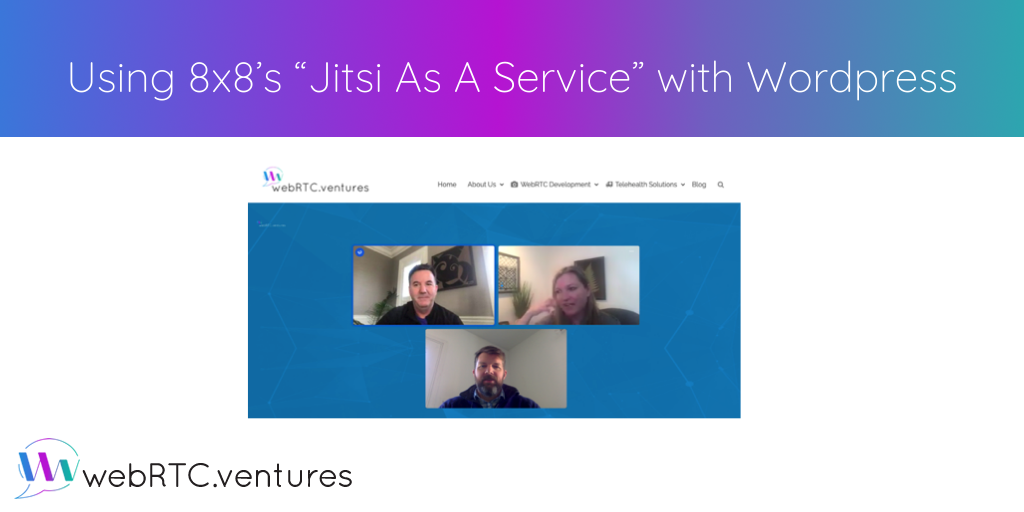The demand for real-time video applications has never been greater. If you can’t wait for our expert team to free up or if you are simply low on funding, Arin Sime has compiled a list of resources to help you learn more about WebRTC development on your own.

WebRTC development is not easy – bring in experts to help you! We are the team behind the WebRTC Tips videos and the WebRTC Live interview series, and we’ve been building live video applications for years in a variety of industries and use cases. Our CEO and Founder Arin Sime talks a little bit about the skills and roles our team can bring to your project.

8×8’s new Jitsi as a Service (JaaS) provides a complete video conferencing tool right out of the box that can be easily integrated into Wordpress. Perfect for smaller businesses with simple use cases and budgets that cannot support a fully custom WebRTC application.

Whether to have recording capability in your WebRTC video or audio application is incredibly important to decide on BEFORE you build. You must also consider how much recording, recording layouts, where and how long you keep it, and how secure it needs to be. Let’s look at how recording affects your app’s architectural choices, as well as the question of recording as composite or individual streams.







